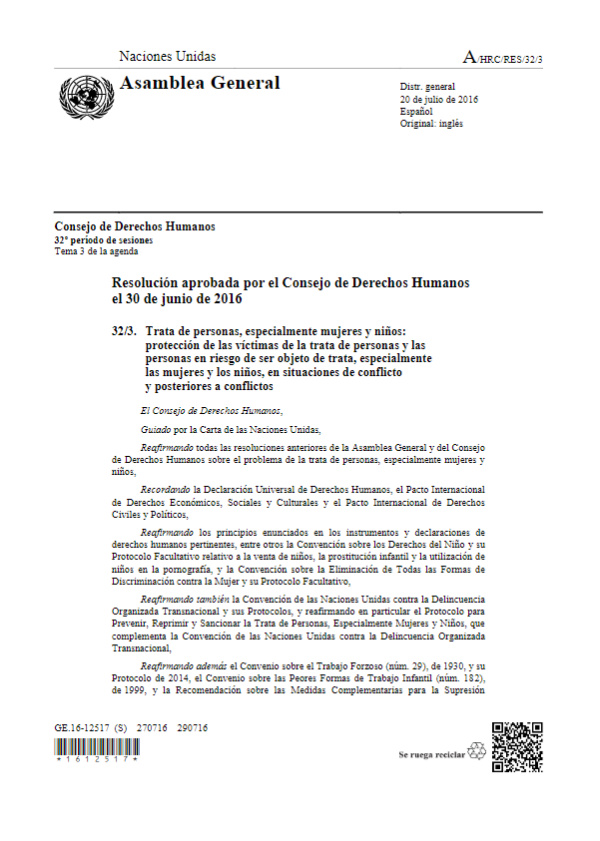Assessment of Borno and Adamawa States for the Project on Strengthening Response Mechanisms and Accountability to Gender-Based Violence and Trafficking in Persons in North-East Nigeria

Under the framework of the technical working group on Engaging the Security Sector on Gender-based Violence (GBV), the International Organization for Migration (IOM) is implementing a project on strengthening response mechanisms and accountability to GBV and trafficking in persons (TIP) in North-East Nigeria, with focus on the Nigeria Police Force and Nigeria Security and Civil Defence Corps in Borno and Adamawa states. IOM carried out an in-depth assessment in October–November 2018 to map and assess training needs and existing internal mechanisms in addressing GBV, TIP and sexual exploitation and abuse. Recommendations made in the assessment report were tailored to the development of the training of trainers manual for law enforcement agencies.
Country
Nigeria
Region
West Africa
Central Africa
Year
2019
Topics








